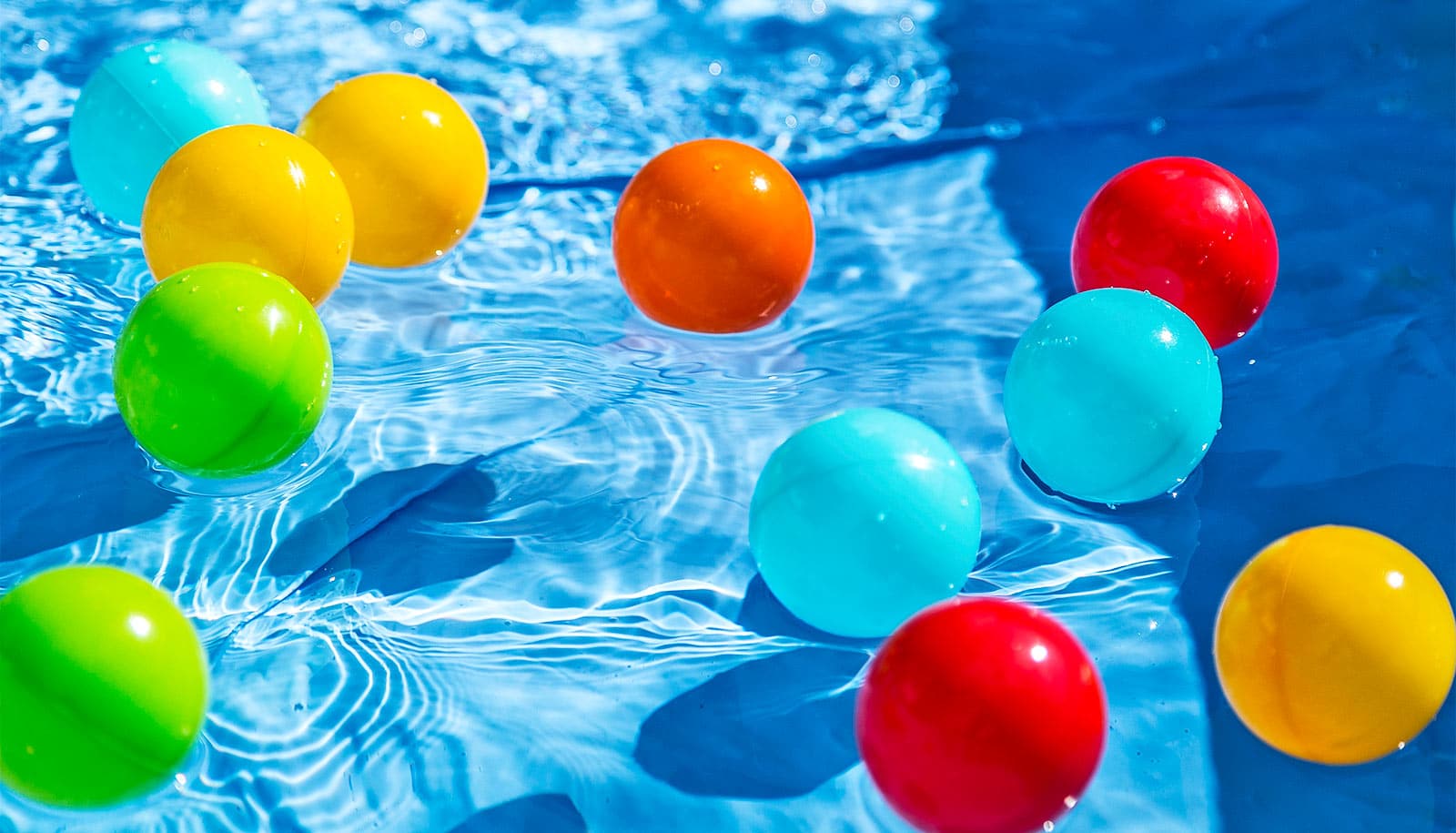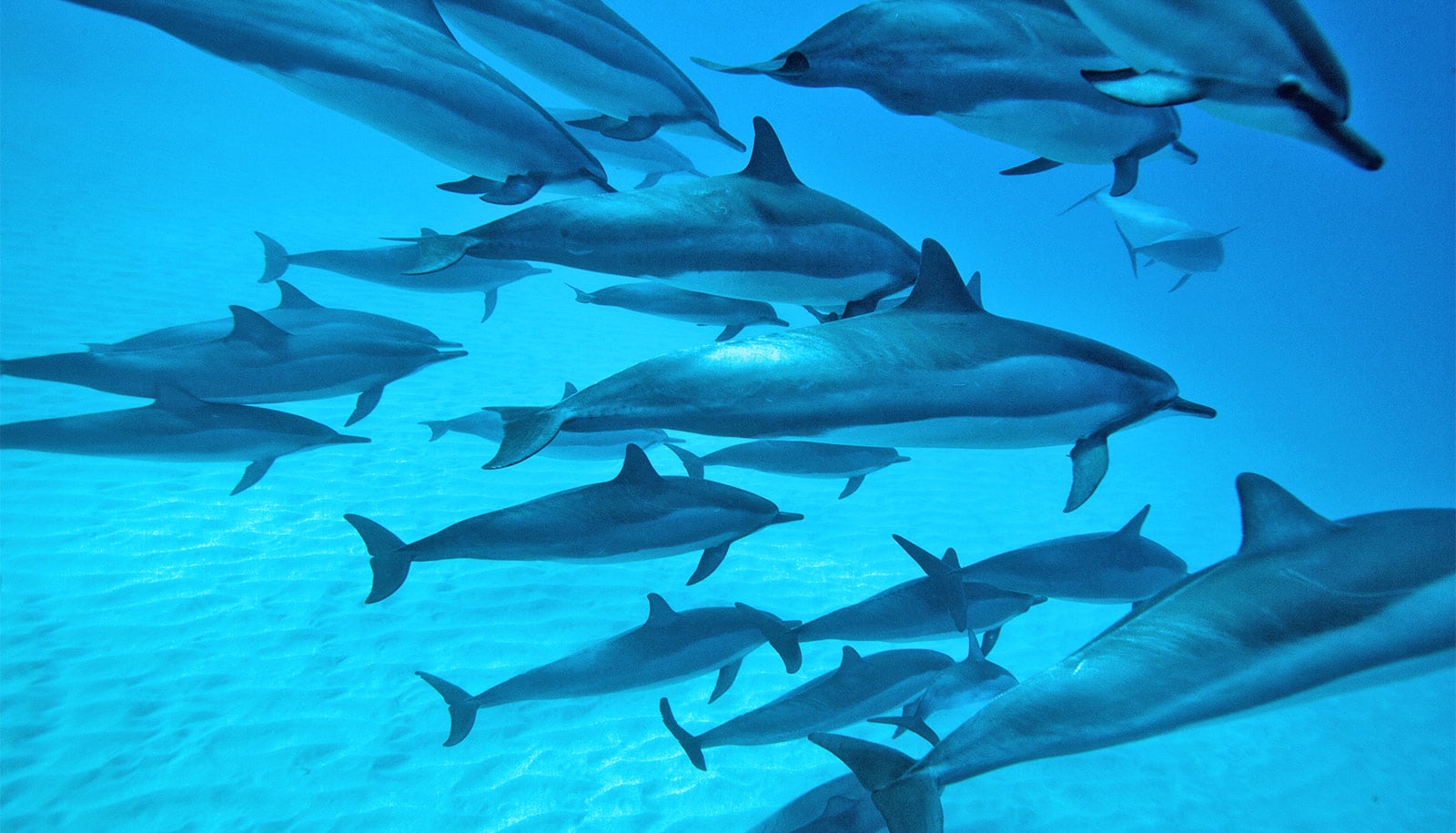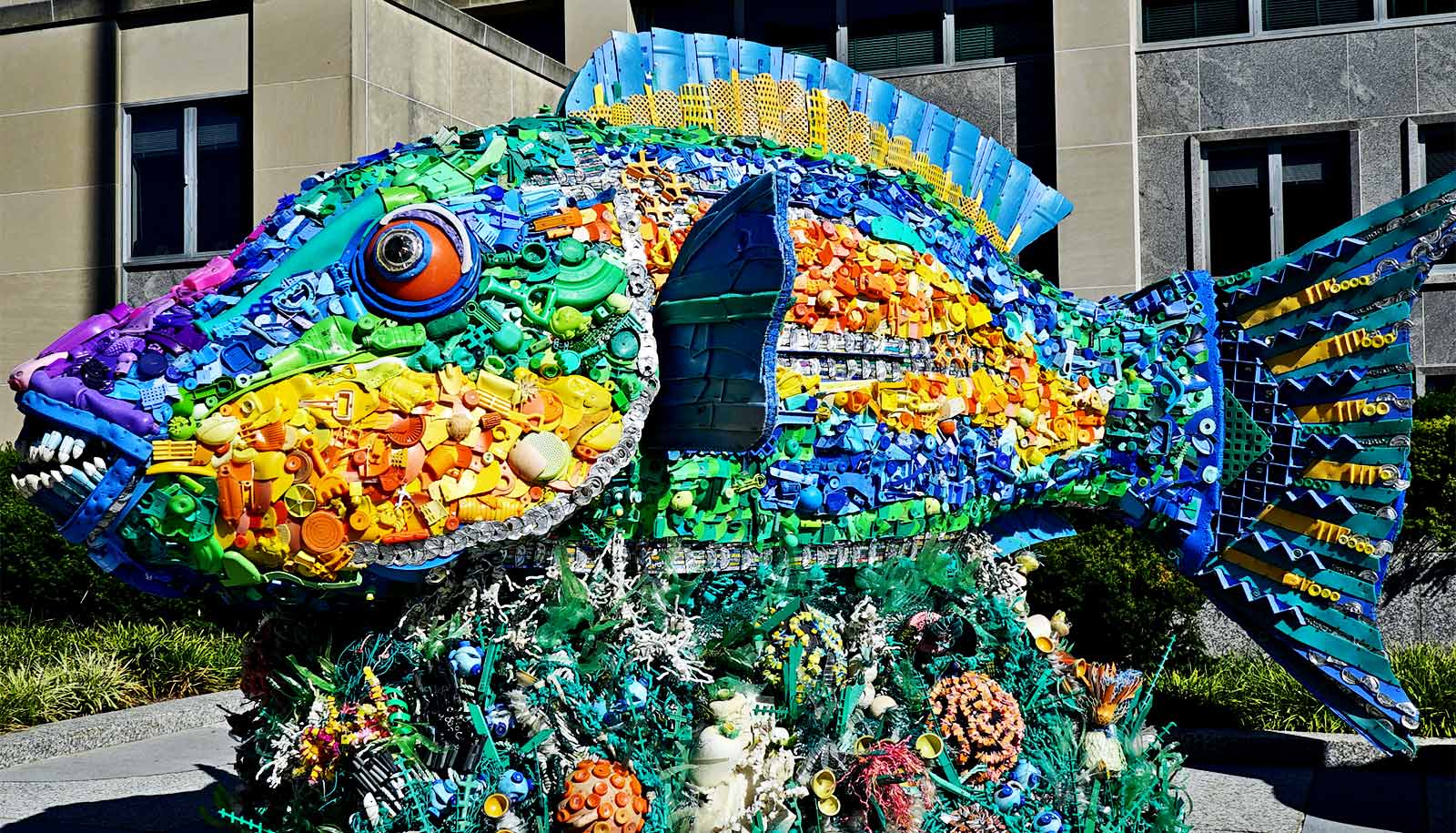Engineers have unmasked nanoplastics in oceans for the first time, revealing their true shapes and chemistry.
Millions of tons of plastic waste enter the oceans each year. The sun’s ultraviolet light and ocean turbulence break down these plastics into invisible nanoparticles that threaten marine ecosystems.
In a new study, engineers have presented clear images of nanoplastics in ocean water off the coasts of China, South Korea, the United States, and in the Gulf of Mexico. These tiny plastic particles, which originated from such consumer products as water bottles, food packaging, and clothing, have surprising diversity in shape and chemical composition.
“Nanoplastics are potentially more toxic than larger plastic particles,” says Tengfei Luo, professor of aerospace and mechanical engineering at the University of Notre Dame. “Their small size makes them better able to penetrate the tissues of living organisms.”
Previously, nanoplastic particles synthesized in laboratories had been used in toxicity studies to investigate their effect on marine life. Luo’s team of researchers, in collaboration with the lab of Wei Xu at Texas A&M University, decided to search for actual nanoplastics in the world’s oceans, suspecting they might be significantly different from the lab-created versions, which are highly uniform in shape and composition. Any differences found may affect toxicity studies.
Nanoplastics are believed to exist at extremely low concentrations in the ocean. To find them in seawater, Luo’s team used a unique bubble deposition technique that they had previously developed to find traces of DNA molecules for early detection of cancers.
The team mixed seawater samples with silver nanoparticles and heated the solution with a laser until a bubble formed. Variations in surface tension cause the nanoplastic particles to accumulate on the bubble’s exterior. The bubble shrinks, then vanishes, depositing the particles in one concentrated spot. Electron microscopy and Raman spectroscopy are then used to reveal the nanoplastics’ shapes and chemistries.
Luo’s team found nanoplastics made of nylon, polystyrene, and polyethylene terephthalate (PET)—plastic polymers used in food packaging, water bottles, clothing, and fish nets—in these seawater samples. Some of the particles’ diverse shapes can be traced back to the different manufacturing techniques used to create them. Surprisingly, PET nanoparticles were found in water samples collected approximately 300 meters deep in the Gulf of Mexico, suggesting nanoplastic contamination is not restricted to the ocean surface.
Follow-up studies will focus on quantifying ocean nanoplastics, Luo says.
“The nanoplastics we found in the ocean were distinctively different from laboratory-synthesized ones,” Luo says. “Understanding the shape and chemistry of the actual nanoplastics is an essential first step in determining their toxicity and devising ways to mitigate it.”
The research appears in Science Advances.
Additional coauthors are from the University of Notre Dame and Texas A&M.
Source: University of Notre Dame



